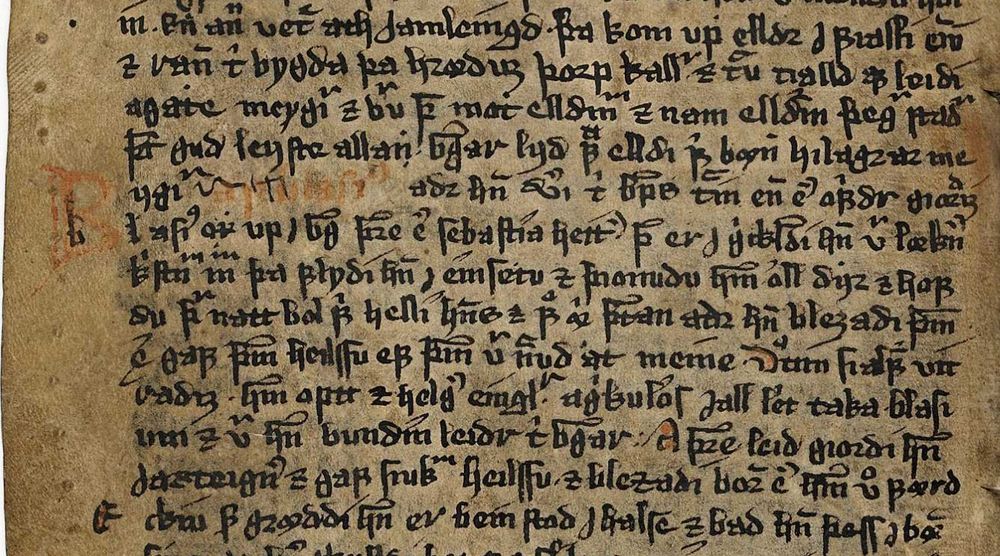


[5/n]

[5/n]
[3/n]

[3/n]
[Alt text can be found in the replies to the quoted post]

[Alt text can be found in the replies to the quoted post]
Deadline: August 31.
[Alt text in thread]

Deadline: August 31.
[Alt text in thread]
New Studies in Old Norse Hagiography
Session Jointly Sponsored by the Norse Hagiography Network and the Viking Society for Northern Research
Deadline: August 24.
[Alt text in thread]

New Studies in Old Norse Hagiography
Session Jointly Sponsored by the Norse Hagiography Network and the Viking Society for Northern Research
Deadline: August 24.
[Alt text in thread]
(6/6)
- NB

(6/6)
- NB

[Photo: Annette Øvrelid, courtesy of Arkeologisk museum, UiS]

[Photo: Annette Øvrelid, courtesy of Arkeologisk museum, UiS]

[AM AM 619 4to, f.52v]

[AM AM 619 4to, f.52v]
[Sveriges Riksarkiv Fr 25634]

[Sveriges Riksarkiv Fr 25634]


- NB

- NB

[Sveriges Riksarkiv Fr 25630]
(6/6)
- SH


[Sveriges Riksarkiv Fr 25630]
(6/6)
- SH
[Breviarium Roschildense, f.286v; Kgl Bibliotek, Copenhagen]
(4/n)

[Breviarium Roschildense, f.286v; Kgl Bibliotek, Copenhagen]
(4/n)
TNW

TNW


[Ål stave church; Museum of Cultural History, Oslo]

[Ål stave church; Museum of Cultural History, Oslo]

